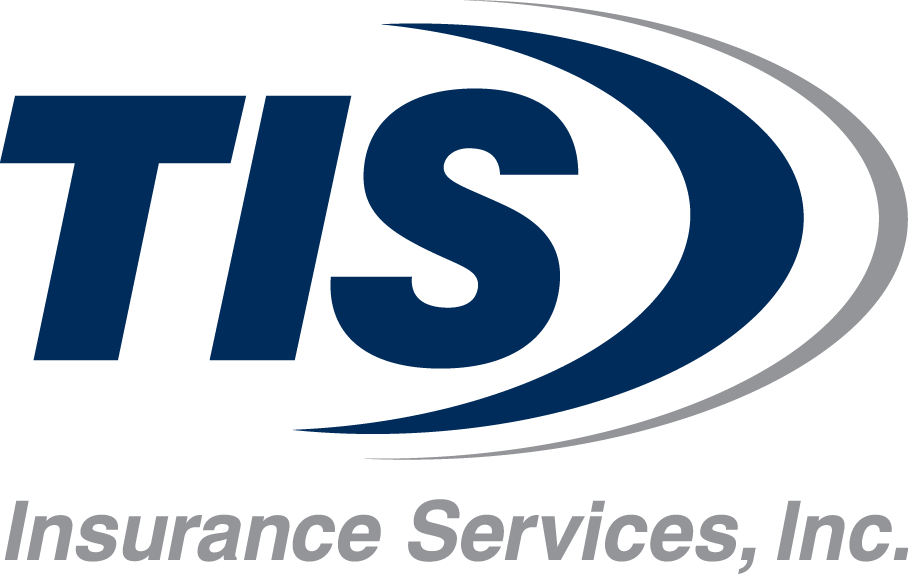Healthcare costs have been on the rise for decades, but the pace at which they are increasing is causing concern among individuals, employers, and policymakers alike.
As we approach 2025, numerous factors are expected to contribute to an escalation in healthcare expenses, creating financial pressures across the system.
With an aging population, advancements in medical technologies, and increasing demand for services, the outlook for healthcare pricing is complex and multifaceted.
| According to PwC’s Health Research Institute, healthcare spending is expected to grow at a 7% annual rate by 2025, outpacing inflation and wage growth. |
Let’s look at four factors driving these increases and shaping the future of healthcare spending.
1. Aging Population and Chronic Disease Prevalence
By 2030, everyone considered part of the Baby Boomer generation will be 65 or older.
According to the U.S. Census Bureau, the number of Americans aged 65 and older is projected to reach 73 million by 2025, up from 56 million in 2020. Older adults typically experience higher healthcare needs due to chronic conditions such as diabetes, heart disease, and arthritis, driving up overall medical expenses.
The cost of treating chronic diseases is significantly higher than that of treating acute illnesses. As more individuals live longer with multiple chronic conditions, the demand for healthcare services — including hospital stays, medications, and long-term care — will surge. This demographic shift is one of the primary drivers of rising healthcare costs.
2. Technological Advancements and Specialty Treatments
Technological innovations in medicine, while improving patient outcomes, often come with high price tags. The rise in the adoption of robotic surgery, personalized medicine, and advanced imaging technologies such as MRIs and CT scans contribute to the escalating costs. Furthermore, the approval of high-cost specialty drugs, including gene therapies and biologics, adds additional strain on the system.
New treatments and procedures are often expensive, and they increase the overall cost of care. For instance, specialty drugs are anticipated to account for 50% of total drug spending by 2025, with some treatments costing hundreds of thousands of dollars per patient.
While these innovations offer life-saving possibilities, they also put considerable financial pressure on healthcare providers and insurers, ultimately impacting patients’ out-of-pocket costs.

3. Labor Shortages in the Healthcare Sector
Healthcare labor shortages, exacerbated by the COVID-19 pandemic, are expected to continue impacting the industry in the coming years.
A 2023 report from the Association of American Medical Colleges (AAMC) predicts a shortfall of 124,000 doctors by 2034, with nursing shortages expected to worsen as well. As fewer healthcare workers are available, hospitals and clinics must increase wages or hire more temporary staff to meet demand.
The increased demand for healthcare workers and a shortage of qualified personnel lead to higher labor costs for hospitals and medical practices. These rising wages and fees are often passed on to patients, driving up the price of care.
4. Prescription Drug Price Increases
Prescription drug costs have been steadily increasing, and this trend is expected to continue through 2025. The U.S. spends nearly $1,200 per person on prescription drugs annually, according to the Centers for Medicare & Medicaid Services (CMS).
The rising price of both brand-name and generic drugs—due to factors like lack of competition, regulatory delays, and the introduction of costly new treatments—has been a significant factor in overall healthcare cost inflation.
Prepare for the Future: Optimize Healthcare Costs
Healthcare costs are expected to continue their upward trajectory, driven by demographic shifts, technological advancements, labor shortages, and economic factors.
This means potentially higher premiums, out-of-pocket costs, and co-pays for essential services for individuals. For businesses, rising health insurance premiums will likely result in increased costs for employee benefits.
Take action now by working with trusted insurance agencies like TIS Insurance Services. We help you navigate these rising costs and ensure your coverage is adequate to protect your financial well-being. Contact us for a free consultation and find out how we can help you manage your health insurance needs.





